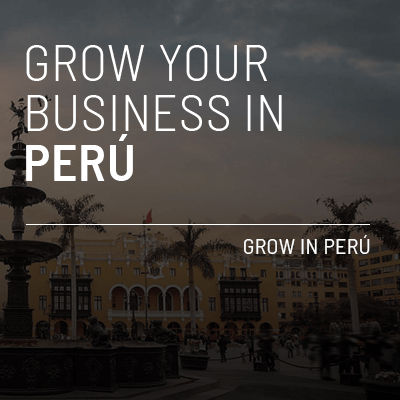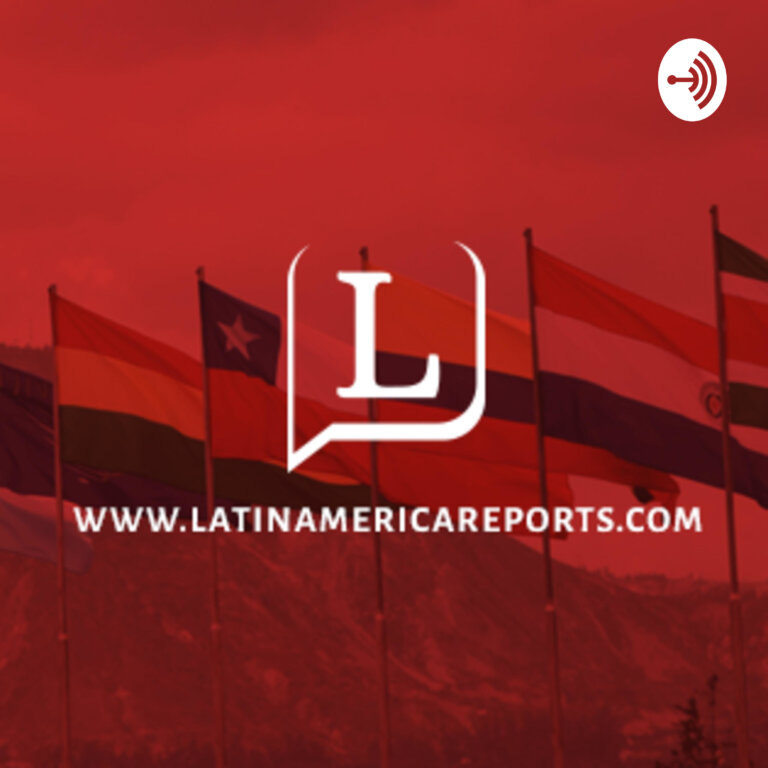Peru has historically been one of the poorest and most unequal countries in Latin America. Sustained economic growth has reduced poverty by over half and extreme poverty by three fourths in the last ten years. However poverty is still widespread among indigenous communities of the Andean highlands and Amazon jungle.
See the latest news on poverty in Peru.
Poverty in Peru
The number of Peruvians living above the poverty line outnumbered those living in poverty for the first time in 2006. The proportion of Peruvians living in extreme poverty fell under 10% in 2009 and, in 2013, was further reduced to less than 5%.
Gini coefficient
The Gini index measures the distribution of income or consumption within an economy. A Gini coefficient of 0 represents perfect equality, while a value of 100 implies one individual controls 100% of the society’s wealth. Despite sustained economic growth for over a decade, distribution of wealth remains a challenge in Peru.
Wealth Distribution
The top 20% of Peru’s population enjoys over half of the nation’s wealth, while the bottom 60% controls just over a quarter.
Poverty in Lima vs. greater Peru
The ruling elite has kept the country’s wealth in the capital since Peru’s colonial days. The concentration of economic opportunity along with Peru’s internal conflict prompted massive internal migration in the second half of the 20th century. The population of Lima and Callao more than doubled from 5 million in 1981 to over 10 million in 2014 as residents of smaller towns flocked to the cities in search of economic opportunity. Over the same period, states including Apurimac, Ayacucho, Huancavelica and Pasco grew by less than a third.
Urban vs. rural poverty
Despite an overly decentralized governmental organization rife with redundancies, rural regions in Peru are disproportionately poor compared to their urban counterparts.
Poverty by region
The jungle and mountain highlands are home to mostly indigenous communities with little educational opportunities as well as cultural and language barriers with the Hispanic culture of the coast.
Sources: INEI, World Bank






